Brand and Reputation: Intangible Assets Part II
This is Part II of the blog series "Stop Throwing Away your ICT4D Investments: Recognizing Intangible Assets"
Brand and Reputation
In social media, marketing, and communications, brand awareness and reputation refer to how well known a product or service is to its target audiences, and how favorably the target audience views it.
Thought leadership is an element of brand awareness and reputation (in combination with content and data repository) as the purpose of thought leadership is to associate forward thinking with the organization.
Examples of positive brand awareness and reputation for a USAID funded activity I evaluated included:
- Core audience awareness of the URL and social media "followers"
- Core audience awareness of site content types and topics
- Positive reputation and recognition for being an honest broker that works with diverse implementing partners.
- Reputation for quality content
- Positive association with US and International funders
- High SEO ranking for many important keywords
Ways to undermine this asset
The easiest and fastest way to undermine the asset is to change the name of the project. When the project name changes, everything associated with it changes as well - the URL, the social media tags, etc.
And if you change the URL, you now have lost your search engine rankings. Rankings are related to the number of other sites which reference yours; when you change the URL, you kill all those links to your site instantly unless you have a very thorough link referral approach.
Outside of the impact on existing links, social media, and Search Engines, you introduce a disconnect with your brand and reputation. Are you related to the old project? What is your focus area now? What else has changed other than the name?
Another way to destroy your brand and reputation is not put enough human resources into supporting the site. Bad content, not enough attention to quality, a "kitchen sink" approach to content, and a bad user interface that doesn't resonate with your audience -- these all undermine your brand and reputation as a trusted source.
Even non-content focused technology products can be hurt by ignoring brand. Users need to be able to trust the product, and the better the reputation, the better known a brand is, the more likely people will try the product and use it.
Valuation/Loss
The valuation of this asset relates to how long it would take to build awareness and reputation from scratch. It takes on average between 18 months and 3 years 1 to build a strong audience for a content-rich website, and even longer to build a dedicated audience needed for engagement.
Reputation also takes an equally long time to build, especially when the opportunities for engagement with users are sporadic.
Next article will be on Audience Engagement and Community Strength
1. As reported by interviewees and evaluators’ personal experiences. The building of an audience is highly variable based on many factors, including topic, goal for the size of audience (and their demographics), saturation of market, and marketing strategy. The outcome of online research we reviewed cited anywhere from six months to seven years to build an audience, but with very divergent types of content and goals, making the citations not useful for this report. One interviewee with a great deal of content experience in global health mentioned that she found it takes three years on average to get a good audience for any content site for USAID global health topics, and much longer to get engagement. That estimate is also presuming that there is an active content management strategy to keep content fresh and useful to the audience during those three years. This finding mirrored our own professional experience, though there are few published resources to validate this experience.
« Back to Sonjara Blog

